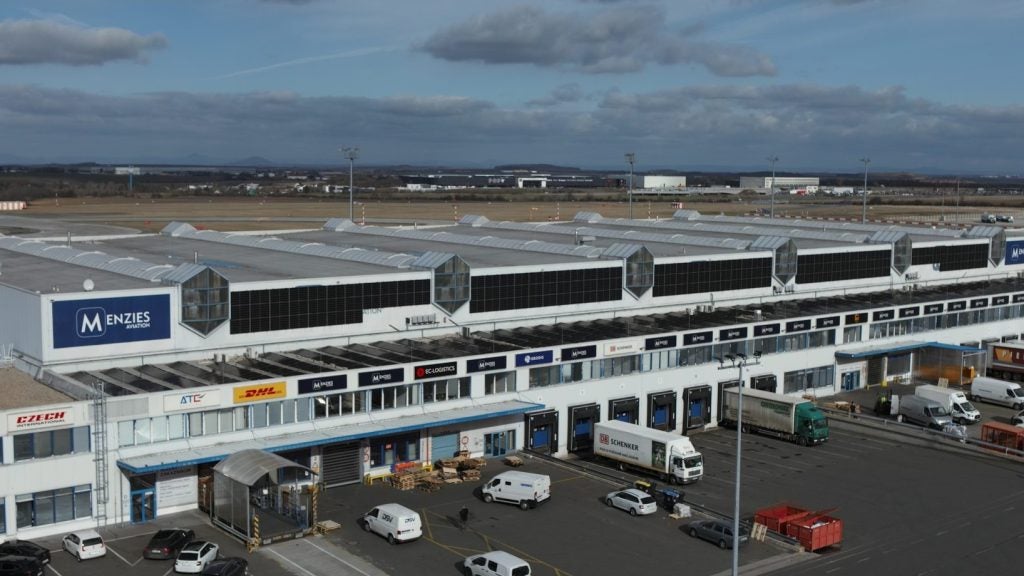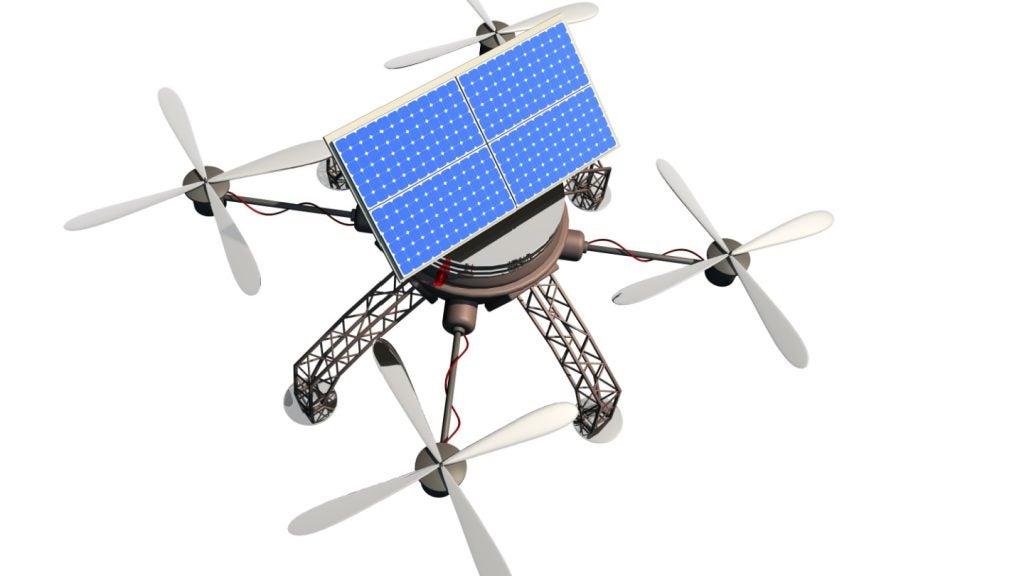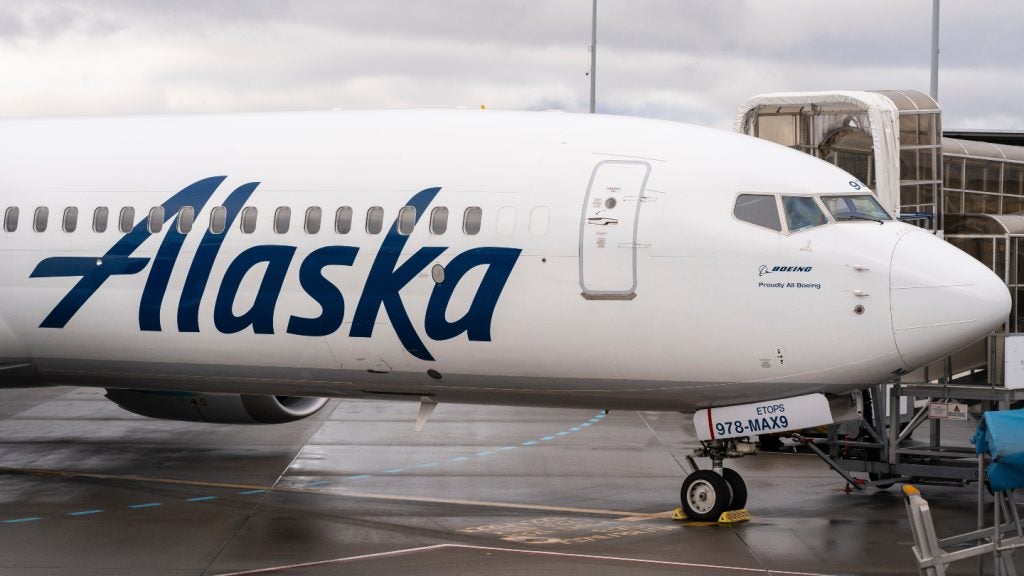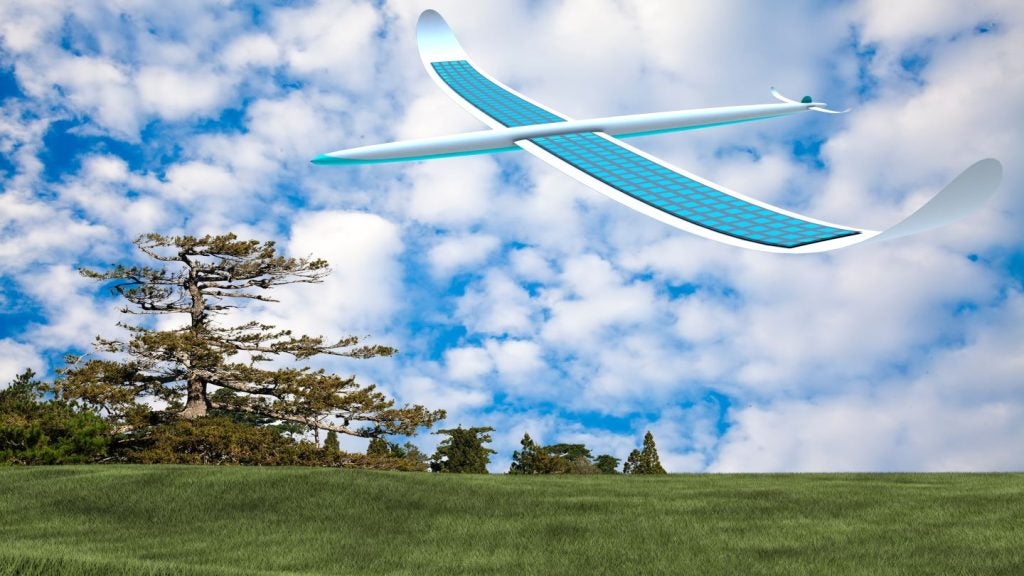
Airfield lighting is vital to the safe operation of any airport, but it can also be a big cost in terms of implementation, power consumption and maintenance. Solar power has been touted as a potential solution to this problem as it offers lower-cost energy and can be incorporated into smaller, versatile lighting systems thanks to advances in light-emitting diode (LED) technology.
In the US, the Federal Aviation Administration (FAA) has been following these developments with great interest, and has overseen the deployment of solar projects in many airports.
"As LED lighting became more affordable, we saw that the wattage needed to power it was a fraction of what is needed for traditional incandescent bulbs with filaments," said Jim Patterson, manager of the airport safety R&D section at the FAA’s William J Hughes Technical Center. "It is now compatible with solar power. LEDs also have a longer life than filament bulbs and are less susceptible to vibration or wind damage."
Spotlight on solar
The FAA has looked closely at the development of solar technology and a rising number of airports are implementing it in one of two ways. Some larger airports are devoting plots of land to large solar arrays, not only to power airfield lighting, but also to feed back power to terminal buildings to reduce the energy costs of running the airport.
Some smaller, general aviation (GA) airports are using small, moveable LED lights that incorporate very small solar panels to charge their batteries.
See Also:
Denver International Airport and Albuquerque International Sunport are among those that have implemented large solar arrays, and have already seen cost savings as a result. Others, including Chicago O’Hare and Los Angeles International, have deployed solar-powered LED obstruction lights as part of their strategy for remote lighting on the airfield. These small lights, however, provide a cost-effective option not only in remote areas, but also in places where the construction of power supply lines is more expensive, such as runways.
How well do you really know your competitors?
Access the most comprehensive Company Profiles on the market, powered by GlobalData. Save hours of research. Gain competitive edge.

Thank you!
Your download email will arrive shortly
Not ready to buy yet? Download a free sample
We are confident about the unique quality of our Company Profiles. However, we want you to make the most beneficial decision for your business, so we offer a free sample that you can download by submitting the below form
By GlobalData"The small, self-contained units require no trenching or cables, which makes them good for remote areas, and they are often ideal for runways or taxiways," says Patterson. "There is a cost saving at the implementation stage, in their operation and in the cost of maintenance. There are many different figures quoted for the level of savings that is possible, but we target savings of between 20% and 30%. Albuquerque has changed all of its lights to LEDs, though not all are solar powered, and has made savings within that range.
"The smaller arrays have been adopted more in smaller GA airports because larger, certificated airports require lighting to operate at relatively high visibility, so they need a higher level of light intensity. But the self-contained, solar-powered LED lights on posts are very suitable for smaller, low-traffic airports."
Solar-powered LED
The possibility of using smaller, movable, solar-powered LED lights has risen through the advances made not only in solar-power generation, but also through the development of LEDs that run on much lower wattages than the traditional incandescent bulb. Solar power suits these low wattages, and in the proving ground of smaller GA airports, these combined technologies have performed well, providing greater flexibility and lower cost.
For these airports, where resources to pay for power may be limited, these lights have improved safety for pilots making their way from runways to parking areas. They have also become a viable option for remote sites where there is little or no access to electricity.
Cross Keys Airport in Gloucester County, New Jersey, has one runway and one taxiway, and is a good example of a GA facility where these lights have proven their worth. The installation by FAA visual guidance specialists of 90 blue taxiway-edge LED lights has been successful. The lights remain on from dusk until dawn, and their batteries are charged through solar panels during daylight.
The evaluation of this implementation looks at durability, cost-effectiveness and visibility. Durability is important in order to assess the potential cost saving through reduced maintenance, but visibility is the crucial issue if this type of lighting is to one day be used in larger airports, where light intensity is important.
"For smaller airports, cost is the compelling argument behind the use of these lighting systems on taxiways," explains Patterson. "The cost of installation is minimal – each light costs between $300 and $500 – whereas digging trenches and installing hard-wired circuits could cost hundreds of thousands of dollars. So, the FAA recommends them to GA airports for that kind of implementation.
"The weakest link in this technology is the battery, which is constantly charging and discharging, which ultimately destroys the battery. This can be replaced at a cost, probably after three years of operation. We also need to ensure that we get the right light intensity and colour performance for pilots from LED lights. As the wattage they require falls, they work increasingly well with solar power, but we cannot compromise on performance."
There are potential drawbacks, too, with the development of larger solar arrays to provide additional power to an airport. While the cost benefits for larger airports are relatively clear, there are issues that need close examination, including the potential for glare from a large array of photovoltaic panels.
"We are monitoring the effects of glare from solar arrays because some pilot groups have asked about it and how it might affect approaching planes," says Patterson. "But so far, we feel that the glare is similar to that of a lake or a large parking lot, where light is reflected off car windshields. Our research efforts are also looking at the effect on wildlife, and so far we have seen that making a habitat for birds to roost on the solar arrays is actually attracting more wildlife."
FAA’s sun sense
The FAA’s approach to solar power in all its applications, including lighting, is comprehensive and thorough, and driven by an enthusiasm for the potential of solar and LED technology. That drive is fuelled by a clear desire to realise the benefits of lower cost, reduced maintenance requirements and the contribution that both technologies can make to the aviation industry’s efforts on environmental stewardship.
An ongoing evaluation of small LED lighting technology, particularly for remote areas and for marking obstructions at the edge of an airfield, shows that the FAA is keen to see this technology advance further.
"We have not approved all of the solar-powered lighting technologies available, but we are interested and will monitor them," says Patterson. "The plan is for solar power to become the norm for our airports."
The FAA is firmly backing solar technology in all its forms, and is a willing participant in projects that evaluate solar power generation and its application in airfield lighting. How rapidly these new technologies are implemented will depend largely on how the systems for LED lighting and solar panels develop in the years ahead.
Given the relatively rapid advances made in both types of technology in recent years, it is fair to assume that the momentum behind their use in the aviation sector will continue to grow with each passing year.







